
Tanzania - A Photographer's Paradise
Tanzania – The bedrock of human evolution and human- environment dynamics with evidence dating as back as 3.6 million years. Add to it, the huge diversity and numbers of animals and their magical yet predictable pattern of annual migration will behold you in heaven on earth. With around four hundred and thirty species and subspecies forming more than four million wild animals varying from elephants, buffaloes, hippos, giraffes, antelopes, dik-diks, elands, gazelles, zebras to the most ubiquitous wildebeests, the grasslands of Tanzania are teeming with wildlife extending from horizon to horizon. When you land in Arusha, and take the road to the Ngorongoro Crater, you can feel the magical reverence of the place. For a wildlife photographer there may be very few places on the earth, that match Tanzania's endless Savannahs. Vast concentration of wildebeests peppered with zebras dominate the grass lands as far as the eyes can see, horizon to horizon. Wide angled landscape pictures dotted with a million animals or an extreme close up shot looking into the eyes of a lion, it is all there for you. Though you come back feeling satisfied with so many beautiful images, the urge sets in strongly again, and within a year you find yourself back at the gates of the Ngorongoro Conservancy, stretching your body, as you wait for the entry procedures to be completed, raring to enter and capture that first shot of the lion in
the bush.
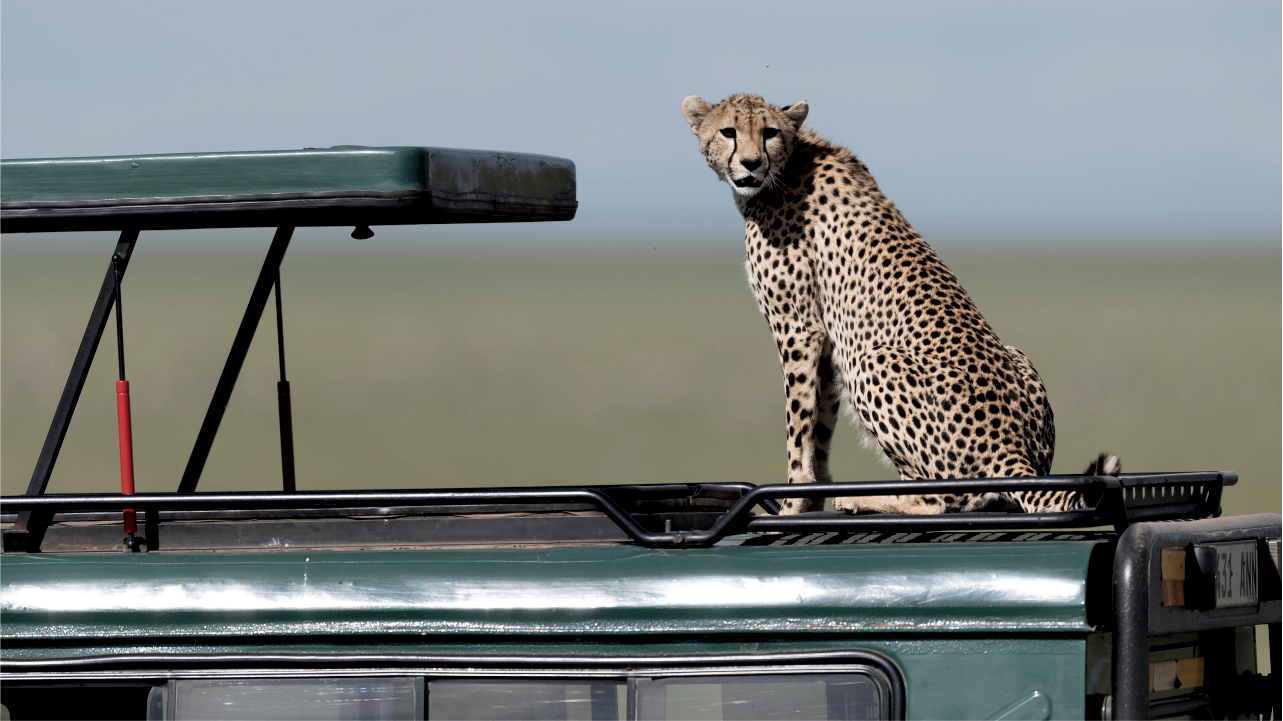
Your trip starts when you land at the Kilimanjaro International airport, which is a small but welcoming place. There is always a rush to fill up the disembarkation form and to get your visa stamped. But there are enough officers around to make the process nice and smooth. Indian nationals can get their visa organised on line, or they can obtain one on arrival. Once out, you are met by your tour operator or your guide, who takes you to your hotel in Arusha for an overnight stay. If you are arriving very early in the morning, you could probably squeeze in a safari at the Lake Manyara before arriving at the Ngorongoro Conservation Area. Arusha is around fifty-five kilometers from Kilimanjaro, and it takes a good hour and half to reach, with the police strictly enforcing speed limits, and the local drivers themselves very responsibly maintaining
these speed limits. Arusha is located just below Mount Meru on the eastern edge of the Great Rift Valley. It is a town abuzz and alive with a lot of trees, and it is more a kind of hub for people who do the Tanzanian wildlife circuit. A couple of Hindu temples and Sikh Gurudwaras dot the town along with Mosques and Churches. As Arusha is the prime staging point for all Tanzanian safaris, the hotels there are very practical, comfortable and clean and serves international and local cuisine. Due to the large number of Indian tourists, every hotel also has a limited but good spread of Indian food.
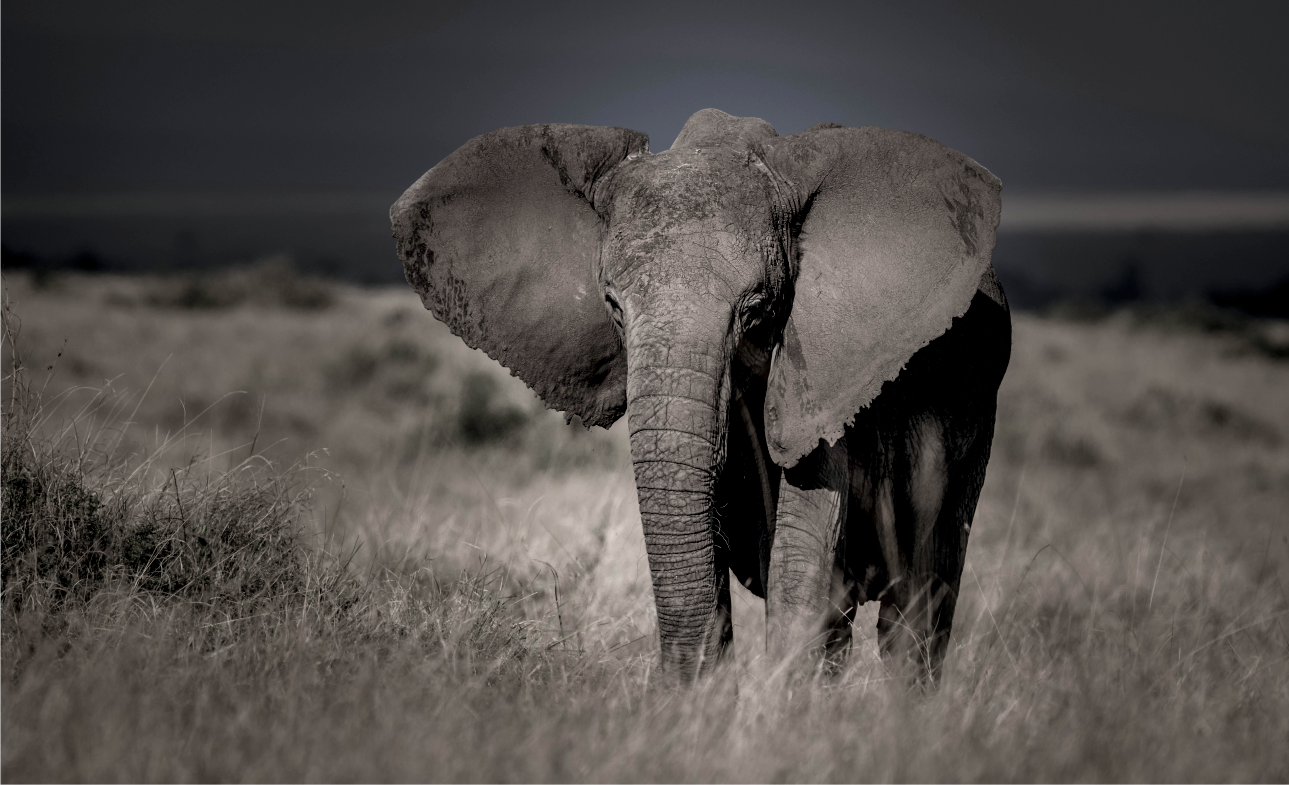
The next day, we have an early breakfast, and hit the road by 7 in the morning to cover a distance of around two hundred kilometers to the Ngorongoro Conservation Area. The roads are excellent. You drive through the Makuyuni administrative ward, then on to the north of Lake Manyara and arrive at the entrance to the Ngorongoro Conservation Area, where you alight and let the tour guides do their paper work at the
entrance offices. Watch out for the baboons who are quite inquisitive. It is rainy season, and I have not alighted from my vehicle here without getting the rain on my face, during all my trips. Absolutely refreshing. Once done, it is another hour's drive to the crater rim, where the lodges are situated. Look out for lion prides hidden in the thick forest on both the sides, and sometimes waiting to cross roads. The drive to the lodges is on rough, rain beaten slushy roads, but safe, as the drivers are well conversant with the terrain. Some fine places to stay are available at the crater. Though you do have a pool to relax, it is cold, windy and raining. So, you stick to just going around the property, and shooting some birds and may be a Hyrax. It is too late for a safari, so you have an early dinner and retire for the day.
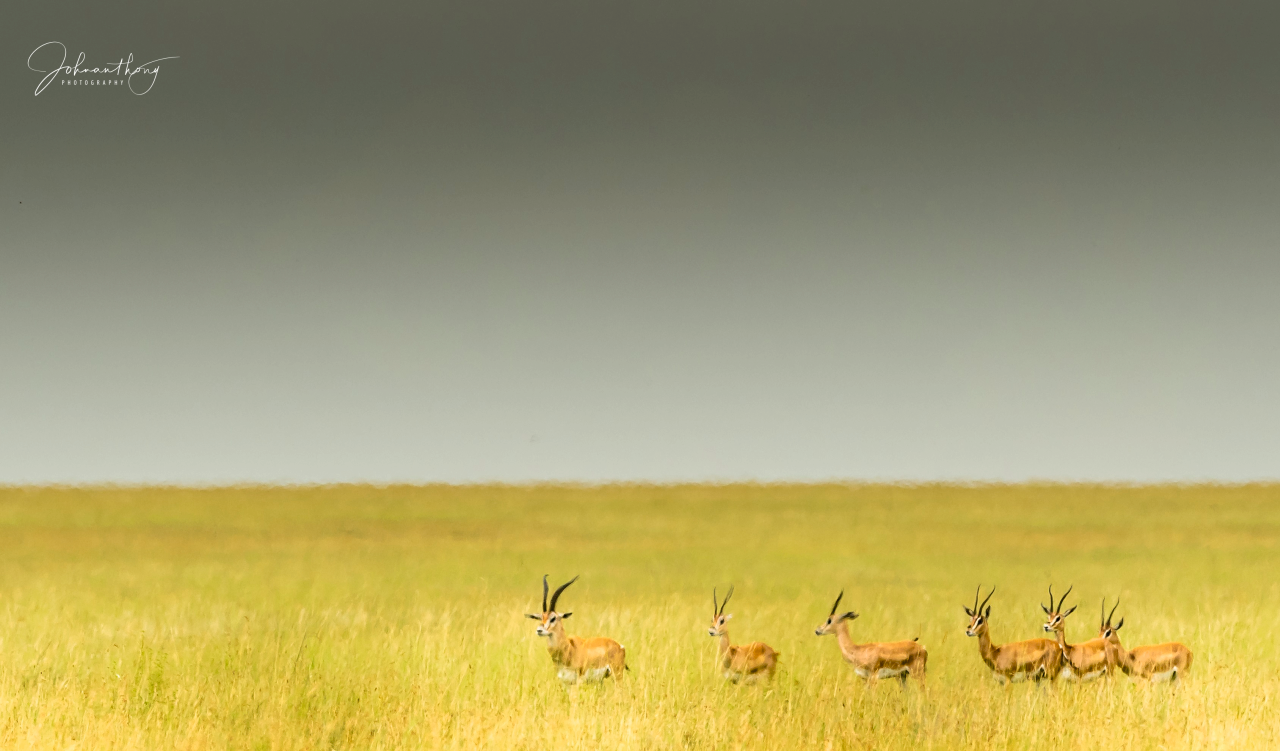
The Ngorongoro Crater will make you feel like it is the Biblical Garden of Eden. Pristine, fresh and green, with everything looking perfect. Just like the God made the earth. It will make you realise that humans can never be more than just visitors. The crater links Lake Manyara and Tarangire with the great Serengeti National Park. The Ngorongoro
Conservation Area is so called because it is a protected area where human settlements are allowed. In 1951, once the declaration of the Serengeti National Park, designating it as a gazette area was signed, all Maasai locals were relocated to the Conservation Area for permanent settlement. The Maasai tribesmen live very amicable with wildlife with no major confrontations. Though the main activity of the Maasai is livestock farming, they do some small agriculture around the conservation also, for the last hundred years or so. The Maasai are well bound by their own traditions, culture and taboos, which keep them together. Urbanisation and modernisation have not changed their culture for over a thousand years now. The next day, you are up very early for a cup of hot coffee or tea at the reception area, with all your bags packed. Sipping your coffee you meet up with photographers from round the world, getting ready for the day, with all their camera gear strewn all around the place. Breakfast is packed for the day, so even before six in the morning, you are already driving down into the crater. The first thing that comes to your mind as you drive down with the sun rising over the rim of the crater is the surreal beauty of the place. It is so beautiful, refreshing and calm that it is relaxing on your nerves. Photographers tend not to touch their cameras, but just look around and see the sheer magnificence of the crater. With the early morning cool breeze and a probable drizzle, the greenery that
extends in the crater make the appearance of the first zebra in the grass, look magical. You will surely pull out your camera and shoot even the innocuous zebra in the Garden of Eden. The first pictures may not be the zebra but the glorious sun rising up behind the rim of the crater. African sunrises and sunsets are the most glorious ones and, in the crater, it is more beautiful as it makes its appearance at the rim.
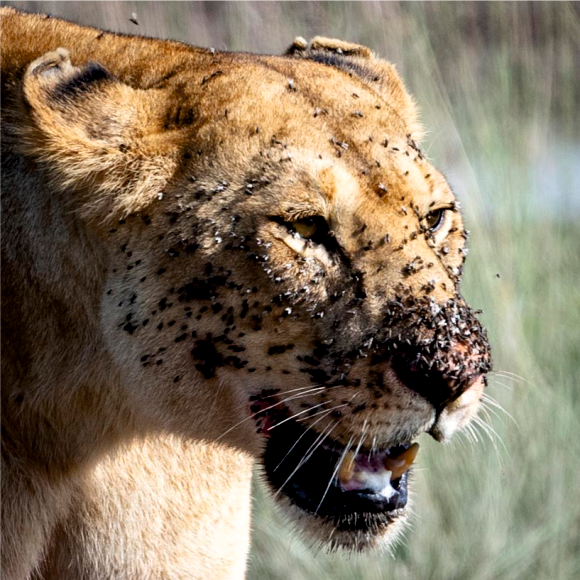
Very soon you find spotted hyenas, native to Sub-Saharan Africa still not out of their slumber and on the roads. You stop to take a picture of the pregnant female, walking towards you on the road, while a few of them are already in the grass with their head held up looking for some food. Kori Bustards, Ostriches and Secretary Birds make their appearance over the grass more often. Small herds of zebra graze in contrast in the
green grasslands The crater is home to around a hundred or more lions forming five or
six prides in the crater, elephants, buffalos, Grant's and Thomson's gazelles and warthogs. But the crater itself is not big compared to the Serengeti which is huge. Lake Magadi is a shallow soda lake ringed by extinct volcanoes and serves as
habitat for great flocks of pink flamingos. Lions can be seen spread around in the crater in the open as they normally hunt during dawn. The only animals that you will not see here are the giraffes and the cheetah. My guide told me that he has not seen a leopard too for nearly three years now.
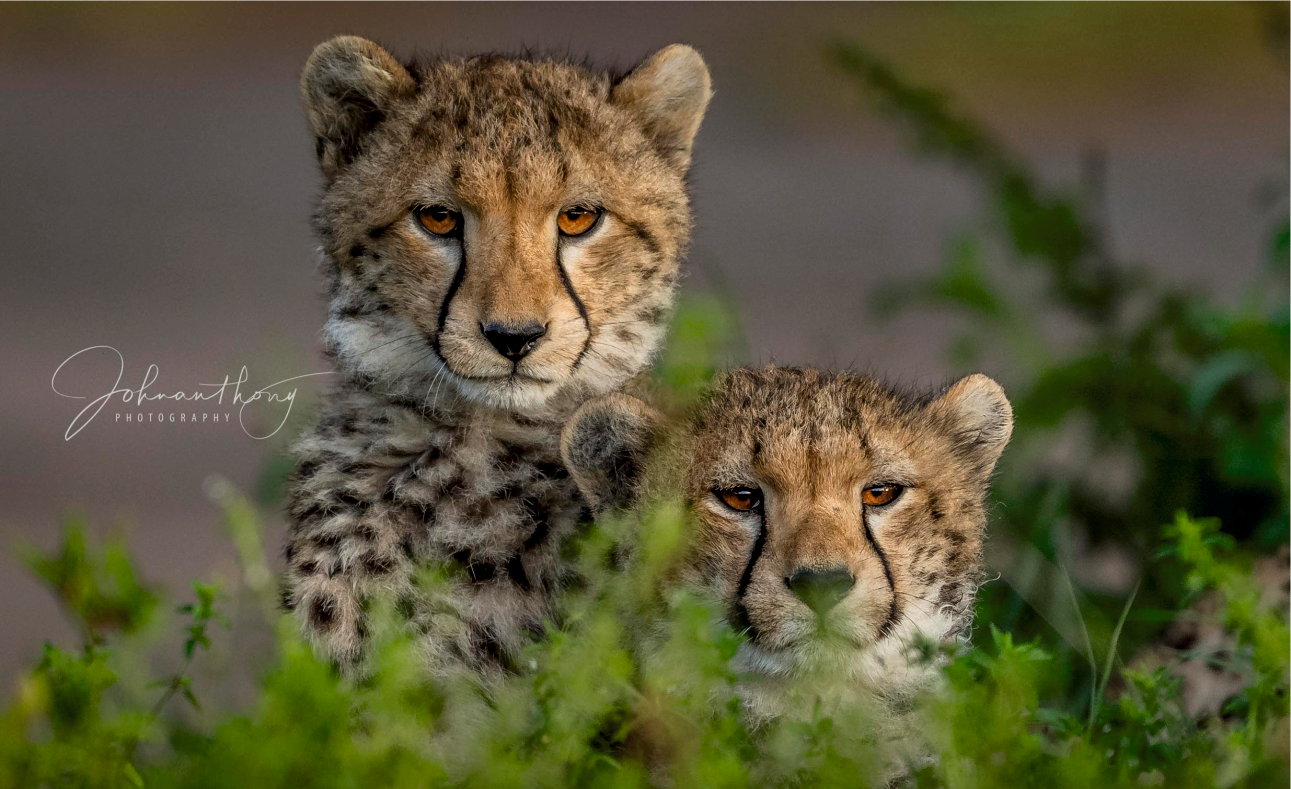
The park is open only during day time, and no night safaris are permitted. Off roading is strictly prohibited and a single permit allows your vehicle to spend just six hours in the crater. We spend just the morning five or six hours in the crater and climb out of the crater and proceed to the wild Ndutu area south of the Serengeti. It is a good two to three hours drive on rough roads cutting across grass lands scattered with wildebeests and zebras. The whole drive itself is like a game drive, and you get to see a plethora of animals in large numbers. As you close in to Ndutu, the roads become rough, and the persistent rains make it worst. You arrive Ndutu camps by late afternoon for a late lunch. It is always a memorable arrival at the Mbugani tented camp, as all familiar faces run towards you, giving you hug and welcoming you. This camp is one of the finest tented accommodation, purely for the warmth of the people there and the great homely food.
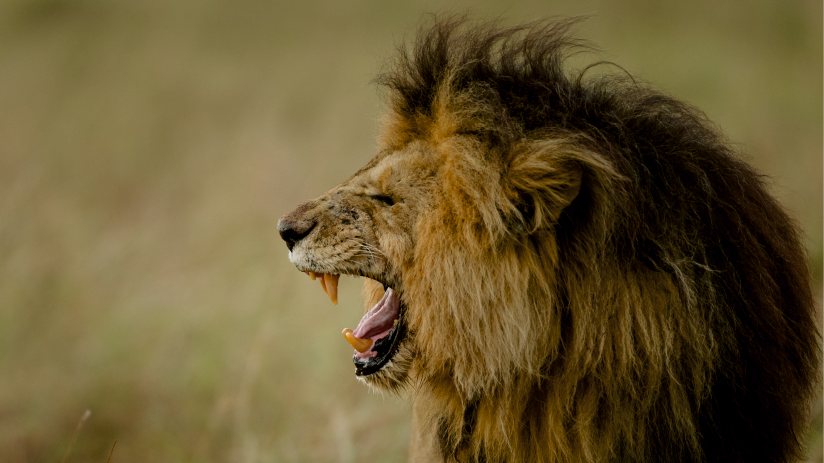
The region north of Ngorongoro Conservation Area stretching to the unfenced southern boundaries of Serengeti National Park is the Ndutu Region. Rolling grasslands, acacia woodlands and alkaline lakes form this beautiful region, which is also where all the wildebeests deliver their calves. The full circle of the Great Migration, begins and ends from the return of the herds in December, calving in January and February and their departure in April. The calving season peaks in the month of February. The thousands of new born wildebeest calves attract lions, cheetahs and the hyenas of the region. For photographers, this is also a great time to shoot, due to the abundance of animals, and also because this is one of the few regions where vehicles are allowed to off road and get closer to the game. Even when the migration herd has moved out of the Ndutu region by April, during the dry season till November, you can still spot animals around the waterholes. All species of big cats, lion, leopard, cheetah, caracal, servals and the African wildcats can be seen here.
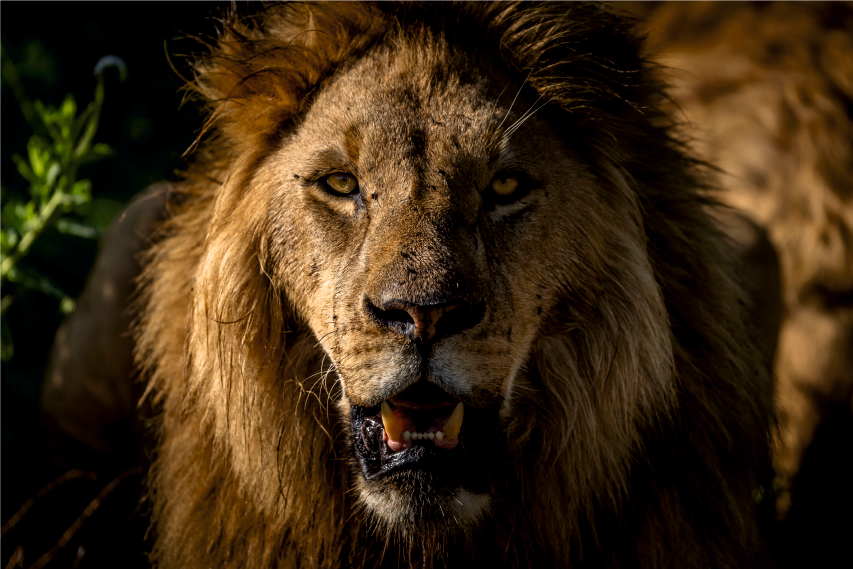
Accommodation is in tents, with no fences, and once you retire to bed at night, invariably you would have the calls of the Hyenas outside your tents, to keep you company throughout the night. Lions and cheetahs and other animals roam around and even rest close to the camps, and hence you are not permitted to leave your tent without assistance. In case of a real requirement at night, where you need assistance, there is a switch close to your bed, which you put on and off a few times, and you
will find one of the Maasai guards turn up at your tent. You do get hot water throughout the day for a shower. Water that is stored in sealed wells near the lake contains dissolved minerals, which gives it a soapy feeling which is good enough for a shower only. While having a shower you will never know if the soap on your body is washed off or not. Drinking water is always bottled water.
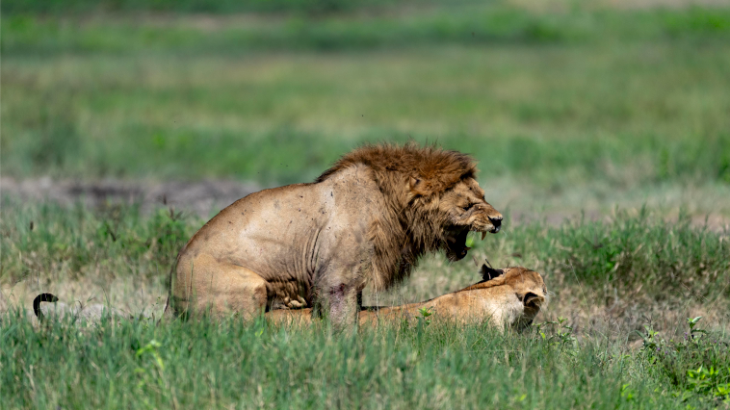
The great wildebeest migration coincides with the annual patterns of rainfall. This brings in the vast herds into Ndutu area, most of them fully pregnant. February is the calving month, and they usually stay in the area till April and then begin their migration towards S e r e n g e t i N a t i o n a l P a r k ' s W e s t e r n Corridor. This is the time when the young calves a r e c o m p l e t e l y oblivious to the threat of
p r e d a t o r s a n d r u n around. They learn the art of survival from their mothers for the next few months. If the mother gets up, the calf would do the same, and if the
mother runs, the calf would run. Lessons learnt, till the predator is smarter one day. Lions pride hold sway over large areas. Cheetah and Leopards have to survive here as well as bring up their cubs. Lions and Hyenas would not let an opportunity slip passed, if they chance upon the cubs. Leopards have the advantage of stowing their kill up on a tall tree branch along with their cubs. But the Cheetah must kill and finish the meal immediately for it is lion territory. Unlike India, where the forests are thick wooded areas, where animals could be h i d d e n , t h e A f r i c a n grasslands are plain areas where animals are visible easily.
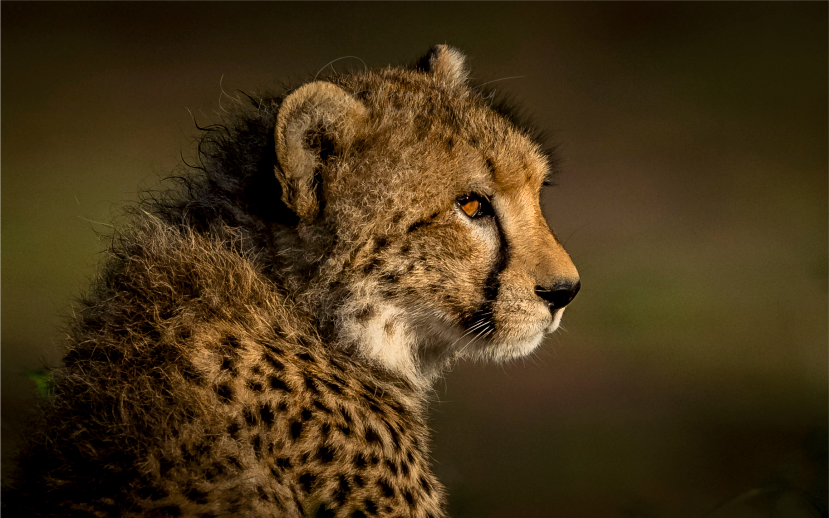
You could follow a cheetah family intermittently for two days, and be sure to capture
the kill that happens finally. A morning hunt by a lion pride is in all probability happening. Leopard consumes a lot of time of a photographer. Bat eared foxes, Serval Cats and a lone fearless Honey Badger are some of the animals which will pop out when you are concentrating on the big c a t s . A s a p h o t o - grapher, I would easily
fill up ten GB of memory in an hour, even while shooting selectively. Breakfast and lunch is usually a small ritual in the wild. First, we find a tall lonesome acacia tree, and make sure there are no animals around, especially look up to see if there is a leopard on the top branches. Then we park the vehicles, and get down to set up the breakfast or lunch spread on the bonnet of a vehicle. A colourful Maasai blanket becomes the table cloth. Sandwiches, sausages, muffins, fruits and yoghurt forms the bulk of what we eat. Light on the stomach, yet nutritious I remember we had. followed a cheetah and her two sub adult cubs for nearly two days who were not successful in a hunt. And on the third day, as we identified a tree to park ourselves for breakfast, and as we were about to alight, we could see a hunt had just begun. It was the same cheetah family. We aborted the breakfast mission and drove off to get some great pictures –
the first kill of the cub – clumsy yet done.
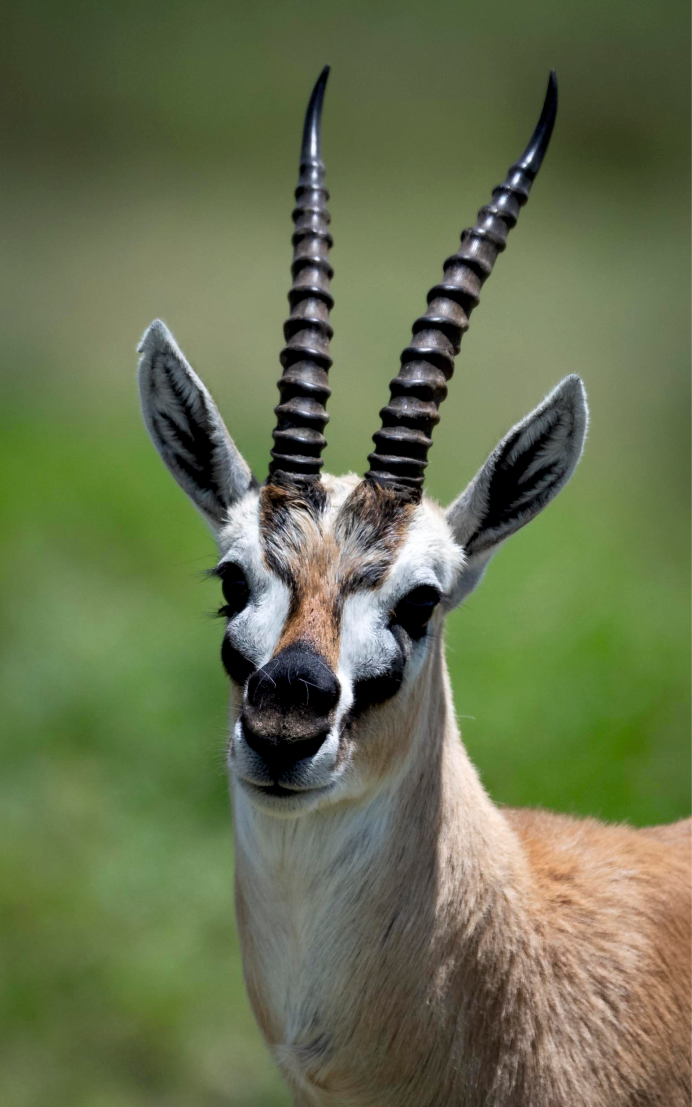
It is hard to leave behind Ndutu, for it is so rich in opportunities for a photographer,
that you would like to spend all your time there. Yet we leave after a few days stay, and drive out to Serengeti. The Serengeti National Park gate is around an hour and half drive from the Ndutu camps. It is a continuous game drive till you reach the gates.
There are some formalities to be completed at the gate, so you alight and visit the coffee shop or the curios corner here. You will find plenty of starlings, lilac breasted Rollers, Shrikes and Blue Capped Cordon Bleus which will keep you busy with your camera.
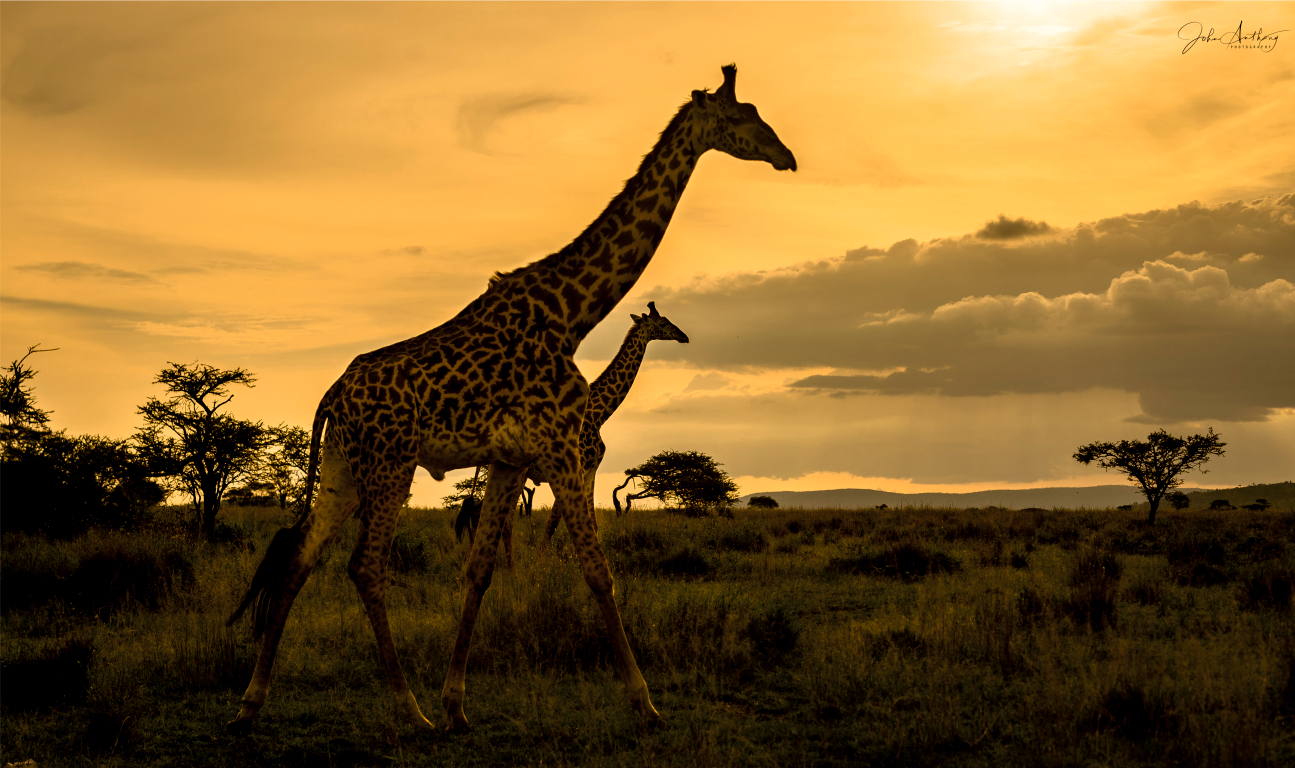
The most impressive spectacles of nature in the world finds its presence here in Serengeti, which is nearly fifteen thousand square kilometers of Savannah. Home to more than 3000 lions, a large number of hyenas, rhinos, hippos, cheetahs, leopards and olive baboons, Serengeti is a photographer's paradise. The park also has around one and half thousand elephants. Serengeti, the land of endless plain is one of the earth's oldest ecosystem. Not much has changed in the vegetation, fauna or the climate in the past million years. The park has three distinctive sectors, the most popular Seronera Valley comprising the southern and central part, the Western Corridor marked by the River Grumeti and the less popular northern sector called the Lobo area, which joins up with Masai Mara Reserve in Kenya. More than two hundred thousand zebras, along with a million wildebeests graze and move in this region during their annual migration. No danger of any kind, either the lions on the banks or the crocodiles in the water, can stop their instinct to move – move towards greener pastures. There is something extremely special and sublime about the place,
especially during the photographers' golden hour. The light is perfect, the sunrise and sunsets are more glorious, and the silhouetting elephants and giraffes cannot be better than this. The safari vehicles do not take more than three photographers at a time. That leaves each one of us with a seat, and an adjoining seat to keep all your camera gear. With bean bags ready, we move around locating prides, or looking out
for hungry cheetahs on the prowl, or leopards with their cubs on a tree, having a bird's eye view of the grass. It is not difficult to get to shoot a hunt here. But unlike in Ndutu in southern Tanzania, you are not allowed to off road in the Serengeti. There is always an urge while shooting wildlife to get as close as you can and use the longest glass you have to create close ups of the a n i m a l s . B u t i n t h e Serengeti, you have the
opportunity to use your w i d e - a n g l e l e n s a n d include a lot of landscape and habitat in the frame to provide context. We wait for animals to space themselves so our frames are not cluttered, and resist the urge to getas close as you can and most importantly wait for the skies to turn a bit dark to let the seeping light create a golden glow on the grass. This does not mean we don't cover the closeup shots, where we
can get the best portraits as we find ourselves e x t r e m e l y c l o s e t o animals sometimes. Look out for affection being shown between animals, which you will find in
plenty. Zebras rubbing their heads together, lion cubs frolicking under the watchful pride, cheetahs always alert with their cubs, but still trying to spend some loving time with them or leopards showing their love to their cubs high up on a branch.
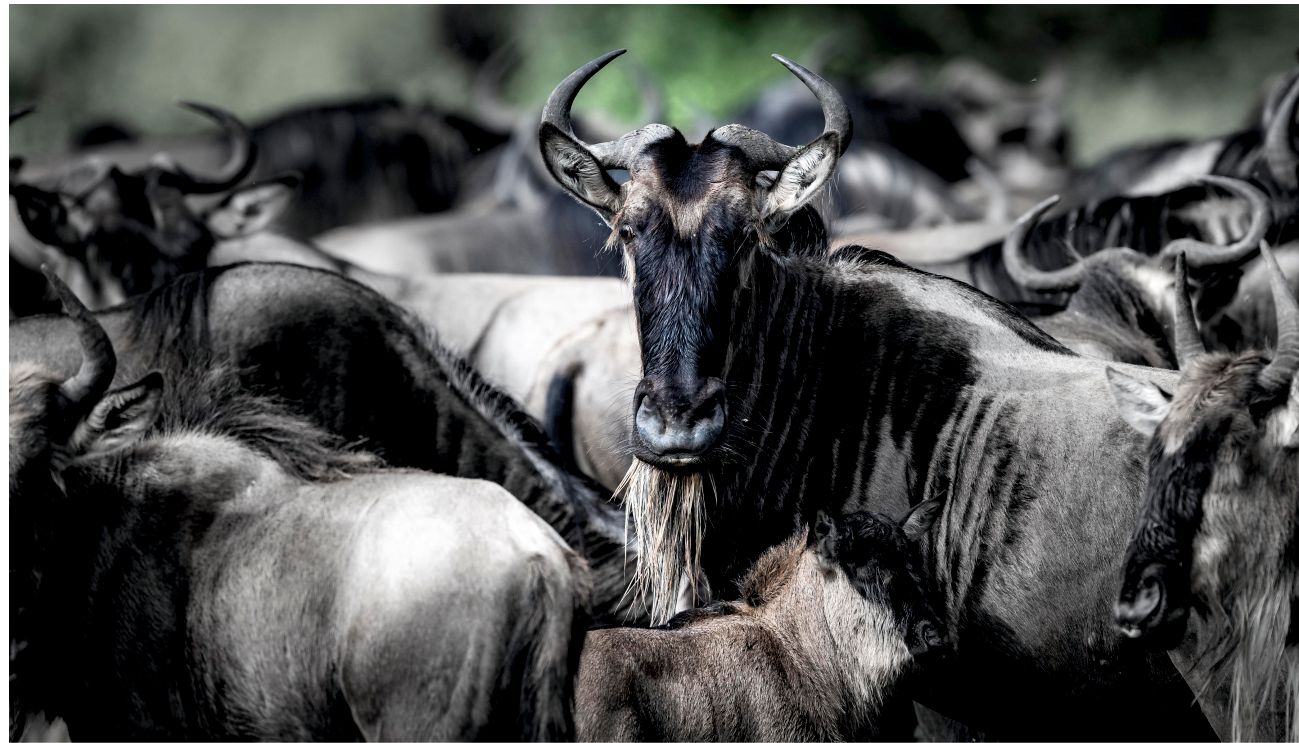
When the action on the ground slows down, you always have an opportunity to shoot around four hundred species of birds. Vultures throng carcasses in hundreds. It is easy to get a chance to shoot some stunning closeups, especially when they pull out their long-bloodied necks from the inside of a fresh carcass. The large herds of elephants
with their young ones are a treat to photograph. There is no dearth of a photographic moment in the entire twelve hours you spend in the grassland. For those interested in aerial photography, there are the sunrise hot air balloon rides which take off a bit before sunrise, so you get to shoot the glorious African sunrise from up above. You get to fly just a few feet above the lions, wildebeests and giraffes and the one-hour flight ends with a champagne breakfast spread right out in the middle of the plains. Tanzania is the land of Savannah, sometimes dry and sometimes wet enough to bog you down. Photographers need to be prepared for what they will experience, because it is no point arriving at the most dramatic wildlife scene and find you are not able to capitalise because of bad planning.
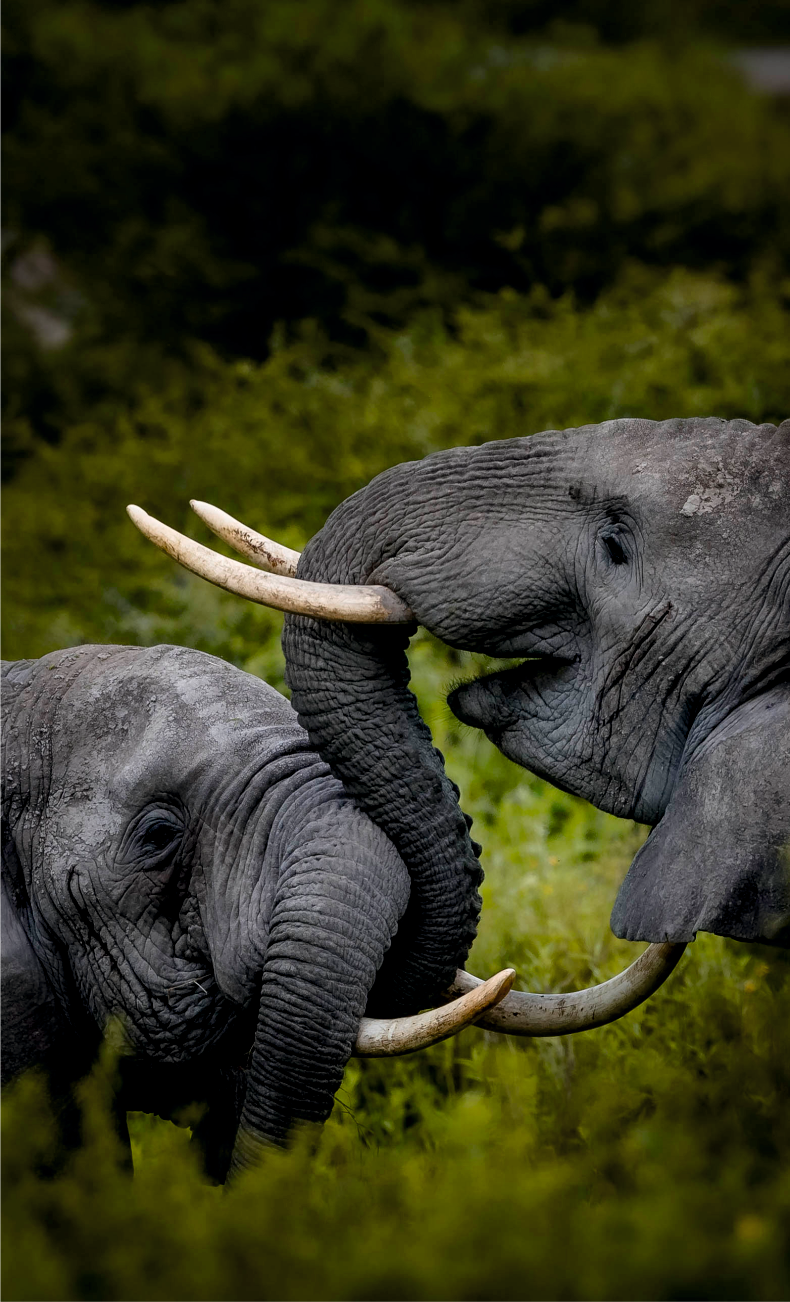
a. Roads in African parks are just potholes, dips and craters. Dust from the hundreds of vehicles crisscrossing will kick up enough dust to settle on anything that is exposed. Bring your camera cleaning kit, with enough microfiber cloths to use every day. A brush and blower is a must to be carried.
b. Practise every day before the trip. Learn how to very quickly change your ISO, shutter speeds, aperture, exposure compensation etc. As you will normally arrive during the rainy season, light changes constantly. Textures of different animals vary, which may need additional fine tuning of your settings, especially during sunrise and
sunset times.
c. Do not enter the park only to shoot wildlife. The Serengeti is a strikingly beautiful landscape, providing great opportunities for great landscape images. Granite outcrops called ‘Kopjes’ add dimension to the plain green and golden grass. Large acacia trees make great frames allowing you enough opportunities to put your knowledge of
composition to work,
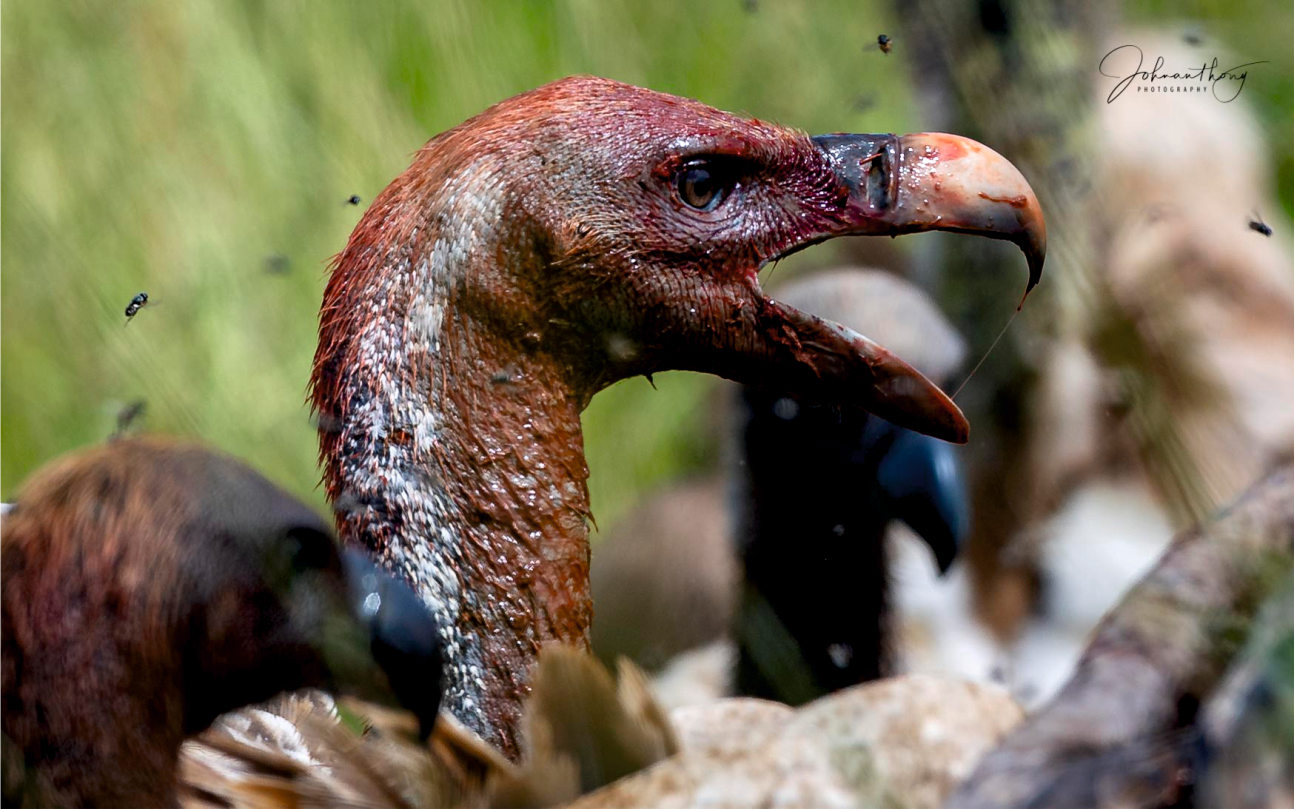
g. The guides, drivers, lodge staff and porters live mostly on the generous tips we give them. Be generous. They are extremely good and polite people. Your tip goes a long way into their family's sustenance.
Accommodation here varies from basic tented mobile camps to some of the most expensive and luxurious lodges overlooking the grasslands. Since a photographer's circuit in Tanzania, begins somewhere in the Ngorongoro Crater and ends in the Serengeti, the comfortable lodges are a great solace for those who spend twelve to thirteen hours in the wild shooting some memorable wildlife pictures. After a very satisfactory few days in the Serengeti, we return to Arusha. Since the drive is very
long, we take a Cessna Caravan operated by local airlines, from the Serengeti Airstrip to Arusha. You still clink on to your camera during the flight to shoot the green grass lands from up above. You arrive Arusha in time for a nice lunch, and the drive off to Kilimanjaro airport to take your return flight.

d. At least two camera bodies with the trinity of lenses… the prime 500mm, the 70-200mm and the 24-70mm or any other wide-angle lens would be recommended. Remember you will have a lot of convincing to do with airline to let them carry your precious camera gear inside the cabin.
e. Be prepared to carry additional batteries, chargers, filters, cleaning kits, a wide brimmed hat, sunscreen and bean bags. A laptop with enough power and USB cables, is not to be forgotten. You will be shooting thousands of pictures, and at least once in two days, you will have to move the images from your memory card into your laptop or an external hard drive. f. Make sure you don't go alone or with just your friends. You will surely come back with not so good collection of images. A good photography
mentor is worth the cost in gold. Make sure, right when you are booking the trip, that the safari vehicles will have not more than three photographers in each of them.
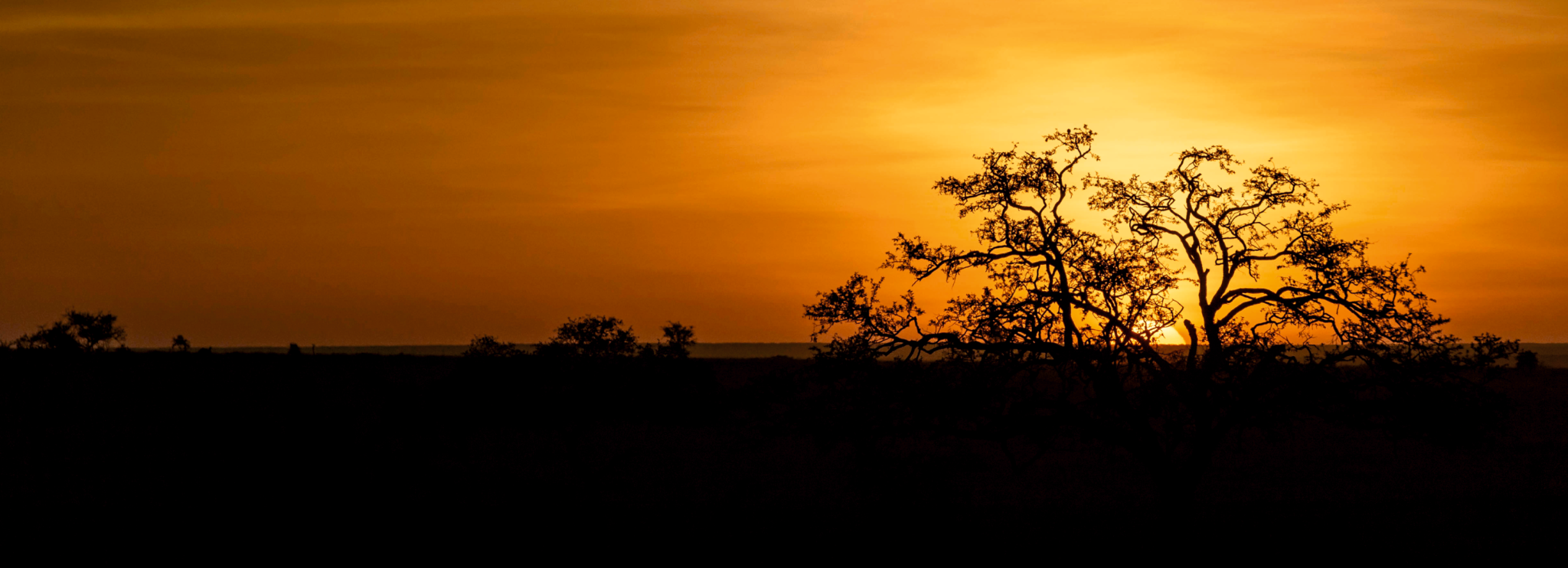
There are friends of mine who have been visiting Tanzania every year for the past decade or so. The trip may not end when you arrive back at Kilimanjaro airport, for you would be already planning the next trip in your mind. Till then it is ‘KWAHERI’ – goodbye in Swahili.
Author's Details:
An Air Force veteran and eminent wildlife & landscape photographer, John has scaled the Mt Everest base camp to Mt Kilimanjaro. His experience of The Greatest Show on Earth, African Wildlife Migration from Serengeti, Tanzania to Masai Mara, Kenya is worth
listening. His experience, valuable knowledge about the wildlife may even draw your plan of future African safari.


Post a comment